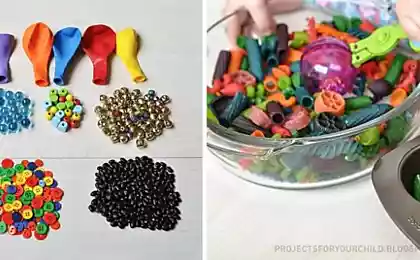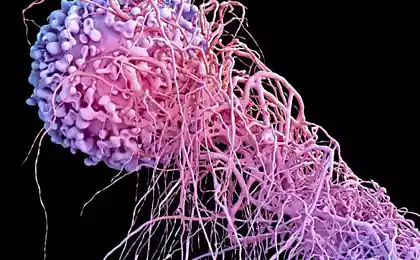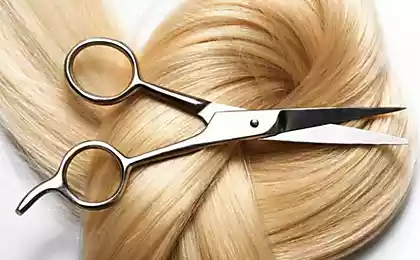220
5 Myths and Facts About Things You Face Every Day
The modern consumer during his life is faced with a variety of food and household items, some of which can become a potential source of danger. However, not everything they say, for example, about dietary supplements or microwaves, is worth believing. Here are five common myths about the things around us that many still believe.
1.Artificial sweeteners are incredibly harmful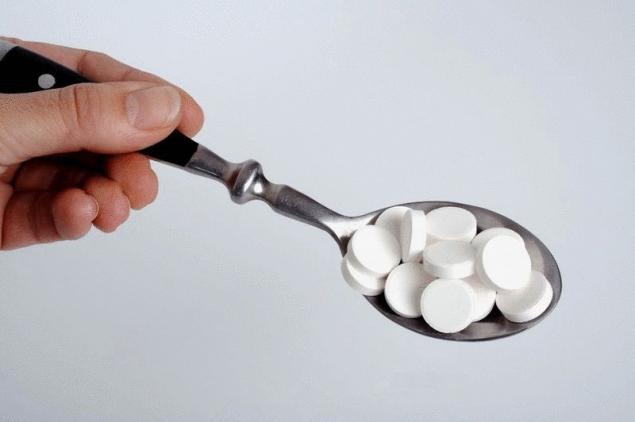
Some foods, such as Diet Coke, contain artificial sugar substitutes that are believed to be extremely poisonous. Since 1981, when the sweetener aspartame (also called the food additive E-951) appeared on the market under various brands, among which "NutraSweeet" and "Equal", it has been repeatedly stated that this substance is incredibly toxic and can even contribute to the development of cancer, but is this really true?
The general hysteria around aspartame is mainly due to the loud statements of a certain researcher Nancy Markle, who said that a sugar substitute can cause diabetes, Alzheimer’s disease, multiple sclerosis and cancer in a person. Emails from Nancy Markle were spammed to millions of computer users around the world, contributing to the reputation of the E-951 as a sweeter but more dangerous sugar substitute.
As it turned out, no Nancy Markle does not exist, and information about the dangers of aspartame was taken by unknown hoaxers mainly from the works of Dr. Betty Martini, who, however, has not yet provided convincing evidence of a link between the frequent consumption of drinks containing a sugar substitute, and the development of terrible diseases in humans. Of course, this does not mean that aspartame is completely harmless – if you care about your health, it is better to limit yourself to eating foods containing this supplement, but do not believe everything that researchers write about that no one has ever heard of.
2.Silicone implants are deadly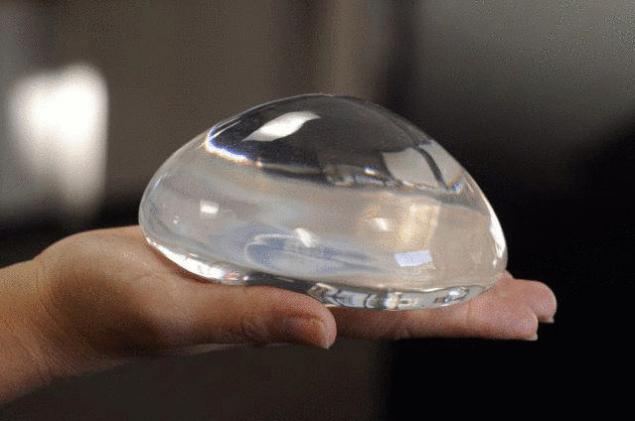
In the 1960s, American plastic surgeons Frank Gerow and Thomas Cronin gave the world breast silicone implants, for which millions of women (and men) are still grateful. However, in addition to flattering reviews about their invention, there are often claims about the dangers of medical use of silicone, among them are cancer and autoimmune diseases, scleroderma (inflammatory damage to small vessels) and even the risk of injury during an extremely violent and intense intimate life.
In fact, silicone implants can cause scarring and pain, but can hardly be responsible for the development of such serious ailments. One of the first to talk about silicone as a potential killer was Ralph Nader in the 1980s, and although his claims that artificially enlarged breasts could cause cancer are scientifically unsupported, many women were seriously scared and rushed to sue surgeons.
One of the main defendants in the case of “silicone breast” was the company “Dow Corning”, the main manufacturer of such implants. Ralph Nader fueled the hype around breast augmentation, calling the products “Dow Corning” the cause of a variety of diseases up to multiple sclerosis, but in fact, experts have found no evidence that silicone is so dangerous. On June 21, 1999, scientists from the National Academy of Sciences of the United States published a 400-page report, which contains three main conclusions: silicone implants are not toxic, do not cause chronic diseases and cancer, silicone does not enter the mother's milk, which means breastfeeding for women with enlarged breasts is not contraindicated.
However, it was too late for Dow Corning: the company had to pay about $3.2 billion in lawsuits, causing its bankruptcy, and silicone is still used in most breast augmentation operations.
3.Old refrigerator can kill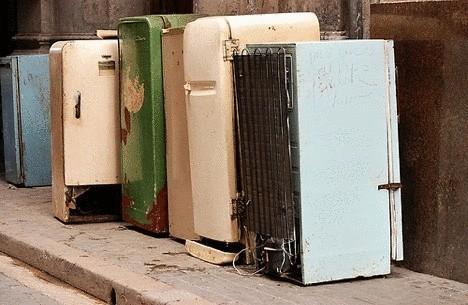
Many people, especially representatives of the older generation, believe that before throwing an old refrigerator into a landfill, it is necessary to break down its door so that children who can find it and climb inside do not suffocate. Once such cases did occur, but since 1958, this problem is almost irrelevant – it was then that a law was passed that obliged refrigerator manufacturers to change the design of the door so that it can be opened from the inside with a small effort, so even if the child somehow ends up in the refrigerator, he can always get out.
Of course, there is some risk that the baby will not have enough strength to open the door, but fortunately, such incidents are quite rare, and mainly they are to blame for inattentive parents who did not take care of their child.
4.Large amounts of dead human skin and insects accumulate in mattresses
To stimulate the growth of sales of new beds and mattresses, their manufacturers use a variety of tricks, including not the most honest. For example, people are told that the weight of old mattresses doubles about every ten years due to the accumulation of bedbugs, their litter and dead human skin cells. Of course, no one wants to sleep on a bed of insects and dirt, so this is a great motivation to buy a new "clean" bed. What are the facts?
If we take the approximate weight of an average mattress for 90 kg, then even in ten years it can not accumulate so many insects and cells of dead skin to double the mass. According to expert Evan Sachs, such weight gain is simply impossible, so where did the information about kilograms of dirt and bedbugs come from?
Emmett Glass, a fellow at Ohio State University, whose research led to an article published by The Wall Street Journal in 2000. The scientist said that he never talked about such figures, so the author of the article simply “embellished” the reality, which proved to be in the hands of manufacturers of beds and mattresses, and then even became part of their marketing strategy.
5.When temperature drops, plastic containers emit toxic substances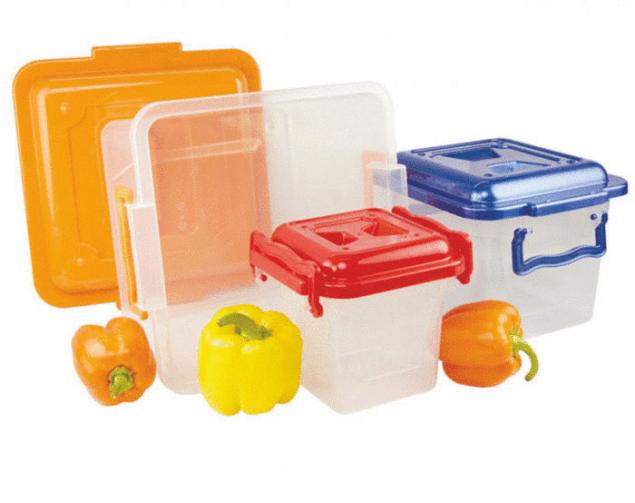
Microwave ovens still cause distrust among many people, probably because not everyone understands the principle of their work. It is often said that if you put food in plastic packaging in the microwave and warm it up, plastic will release deadly toxins. By the way, some argue that the same thing happens, for example, if you put a plastic bottle with a drink in the freezer, so it is best not to expose food packaged in plastic to too high or low temperature at all.
One of the first to speak out about the dangers of plastic film and plastic containers was Dr. Edward Fujimoto. According to him, in the microwave, plastic releases poisonous dioxins, which immediately penetrate into food, and with it into the human body. The announcement sparked widespread hysteria, with people talking about eliminating plastic as food packaging and even protesting the use of microwave ovens. So what is the danger of heating or cooling plastic?
Authoritative researchers unanimously say that the heating of plastic does affect its structure in some way, but the amount of substances released at the same time is so small that it cannot have any noticeable effect on human health, and the cooling of plastic slows down chemical processes, even if they occur, so there is no harm from this. As for dioxins, these substances are really extremely poisonous, but they are not in polyethylene, so you can completely calmly heat food right in a plastic container and safely put plastic bottles with drinks in the freezer.
Source:publy.ru
Source: /users/1080
1.Artificial sweeteners are incredibly harmful

Some foods, such as Diet Coke, contain artificial sugar substitutes that are believed to be extremely poisonous. Since 1981, when the sweetener aspartame (also called the food additive E-951) appeared on the market under various brands, among which "NutraSweeet" and "Equal", it has been repeatedly stated that this substance is incredibly toxic and can even contribute to the development of cancer, but is this really true?
The general hysteria around aspartame is mainly due to the loud statements of a certain researcher Nancy Markle, who said that a sugar substitute can cause diabetes, Alzheimer’s disease, multiple sclerosis and cancer in a person. Emails from Nancy Markle were spammed to millions of computer users around the world, contributing to the reputation of the E-951 as a sweeter but more dangerous sugar substitute.
As it turned out, no Nancy Markle does not exist, and information about the dangers of aspartame was taken by unknown hoaxers mainly from the works of Dr. Betty Martini, who, however, has not yet provided convincing evidence of a link between the frequent consumption of drinks containing a sugar substitute, and the development of terrible diseases in humans. Of course, this does not mean that aspartame is completely harmless – if you care about your health, it is better to limit yourself to eating foods containing this supplement, but do not believe everything that researchers write about that no one has ever heard of.
2.Silicone implants are deadly

In the 1960s, American plastic surgeons Frank Gerow and Thomas Cronin gave the world breast silicone implants, for which millions of women (and men) are still grateful. However, in addition to flattering reviews about their invention, there are often claims about the dangers of medical use of silicone, among them are cancer and autoimmune diseases, scleroderma (inflammatory damage to small vessels) and even the risk of injury during an extremely violent and intense intimate life.
In fact, silicone implants can cause scarring and pain, but can hardly be responsible for the development of such serious ailments. One of the first to talk about silicone as a potential killer was Ralph Nader in the 1980s, and although his claims that artificially enlarged breasts could cause cancer are scientifically unsupported, many women were seriously scared and rushed to sue surgeons.
One of the main defendants in the case of “silicone breast” was the company “Dow Corning”, the main manufacturer of such implants. Ralph Nader fueled the hype around breast augmentation, calling the products “Dow Corning” the cause of a variety of diseases up to multiple sclerosis, but in fact, experts have found no evidence that silicone is so dangerous. On June 21, 1999, scientists from the National Academy of Sciences of the United States published a 400-page report, which contains three main conclusions: silicone implants are not toxic, do not cause chronic diseases and cancer, silicone does not enter the mother's milk, which means breastfeeding for women with enlarged breasts is not contraindicated.
However, it was too late for Dow Corning: the company had to pay about $3.2 billion in lawsuits, causing its bankruptcy, and silicone is still used in most breast augmentation operations.
3.Old refrigerator can kill

Many people, especially representatives of the older generation, believe that before throwing an old refrigerator into a landfill, it is necessary to break down its door so that children who can find it and climb inside do not suffocate. Once such cases did occur, but since 1958, this problem is almost irrelevant – it was then that a law was passed that obliged refrigerator manufacturers to change the design of the door so that it can be opened from the inside with a small effort, so even if the child somehow ends up in the refrigerator, he can always get out.
Of course, there is some risk that the baby will not have enough strength to open the door, but fortunately, such incidents are quite rare, and mainly they are to blame for inattentive parents who did not take care of their child.
4.Large amounts of dead human skin and insects accumulate in mattresses

To stimulate the growth of sales of new beds and mattresses, their manufacturers use a variety of tricks, including not the most honest. For example, people are told that the weight of old mattresses doubles about every ten years due to the accumulation of bedbugs, their litter and dead human skin cells. Of course, no one wants to sleep on a bed of insects and dirt, so this is a great motivation to buy a new "clean" bed. What are the facts?
If we take the approximate weight of an average mattress for 90 kg, then even in ten years it can not accumulate so many insects and cells of dead skin to double the mass. According to expert Evan Sachs, such weight gain is simply impossible, so where did the information about kilograms of dirt and bedbugs come from?
Emmett Glass, a fellow at Ohio State University, whose research led to an article published by The Wall Street Journal in 2000. The scientist said that he never talked about such figures, so the author of the article simply “embellished” the reality, which proved to be in the hands of manufacturers of beds and mattresses, and then even became part of their marketing strategy.
5.When temperature drops, plastic containers emit toxic substances

Microwave ovens still cause distrust among many people, probably because not everyone understands the principle of their work. It is often said that if you put food in plastic packaging in the microwave and warm it up, plastic will release deadly toxins. By the way, some argue that the same thing happens, for example, if you put a plastic bottle with a drink in the freezer, so it is best not to expose food packaged in plastic to too high or low temperature at all.
One of the first to speak out about the dangers of plastic film and plastic containers was Dr. Edward Fujimoto. According to him, in the microwave, plastic releases poisonous dioxins, which immediately penetrate into food, and with it into the human body. The announcement sparked widespread hysteria, with people talking about eliminating plastic as food packaging and even protesting the use of microwave ovens. So what is the danger of heating or cooling plastic?
Authoritative researchers unanimously say that the heating of plastic does affect its structure in some way, but the amount of substances released at the same time is so small that it cannot have any noticeable effect on human health, and the cooling of plastic slows down chemical processes, even if they occur, so there is no harm from this. As for dioxins, these substances are really extremely poisonous, but they are not in polyethylene, so you can completely calmly heat food right in a plastic container and safely put plastic bottles with drinks in the freezer.
Source:publy.ru
Source: /users/1080
Scientists have determined the age at which people think about health
In China created the first genetically modified monkeys

